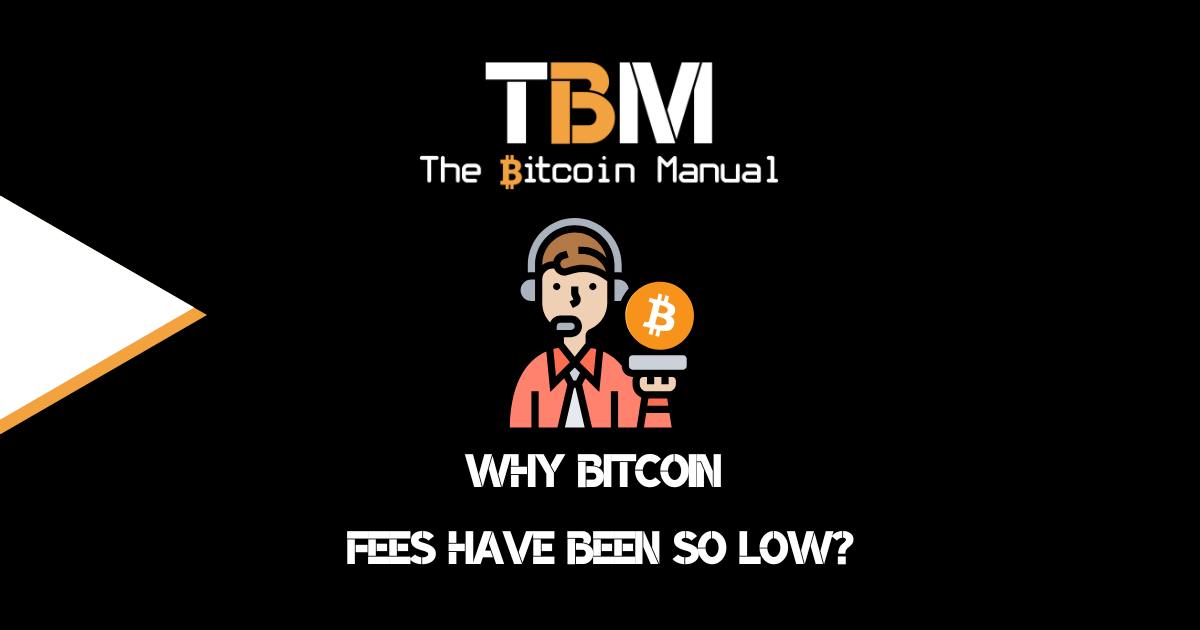Altcoin tech bros have had a change of heart; they no longer want to surpass Bitcoin, but help it; oh, how sweet, how kind, helping this old crypto lady across the street.
It seems as if every few weeks, a new project springs up, claiming it will be a layer two solution for Bitcoin, ready to revolutionise the space, and all you need to do is buy their token, and you’ll have access to near infinite scaling.
From what we’ve seen so far, these projects show no real promise, but it has yet to stop others from jumping on the trend. Even Tron Founder Justin Sun has thrown his hat into the ring with a roadmap for his “Bitcoin Layer 2”, which he claims will facilitate the injection of funds into the BTC network while boosting scalability, speed, and security. The primary selling point of layer two is that integration with TRON and Bitcoin will enable access to the Tron massive stablecoin market of over $50 billion, which has merits, but does it have any demand from the market?
Bitcoin already has a layer two in Lightning, and there are already sidechains like Liquid with L-USDT, while Rootstock offers its own stablecoin facilities.

It’s quite the turn of events, given that altcoin chains were labelled Bitcoin killers a few years ago. Yet, for some strange reason, these so-called revolutionary blockchain technologies that would disrupt Bitcoin blow it out of the water with speed, affordability, performance, and cost, suddenly wanting to tether themselves to this digital boomer coin.
It seems like quite a neck-breaking pivot, but this is where we are now, the altcoin world buzzing with layer 2 (L2) solutions, each promising faster transactions, lower fees, and a path to mass adoption.
#TRON Announces Its Bitcoin Layer 2 Solution and Road Map
— H.E. Justin Sun 孙宇晨 (@justinsuntron) February 15, 2024
Today is a significant day for #TRON.
Let's make #Bitcoin fun again!
As the protocol behind the world's largest stablecoin market, boasting $55 billion, and the decentralized finance Total Value Locked (TVL) of $22…
First, they fight you
Initially, “different chains for different pains” seemed to be the approach Altcoins would take; it would be a winner-take-all in a particular niche, commonly known as the Layer 1 war.
While Bitcoin remained focused on being money and deemed a digital commodity, the rest of the unregistered securities market continued to drum up new use cases. Some would focus on smart contracts; others wanted to be enterprise blockchains, and the list goes on.
Despite their differences, one thing most altcoin L1 chains had claimed was that they would solve scalability, which turned out not to be true. Layer 1 blockchains like Ethereum even took drastic steps like pivoting to proof of stake and still struggled with scalability and high fees. L2s on ETH emerged as specialised solutions, each tackling a specific pain point like faster payments or confidential transactions.
Even though these L1s remain in operation today, they’ve eroded very little of Bitcoin’s ground and have rather cannibalised each other’s growth, fragmenting it into smaller and smaller pools of liquidity.
Bitcoin is the market leader, offering the most robust, secure and only decentralised network available globally, and this is reflected in its dominance. So, instead of trying to fight a losing battle, it looks as if altcoin developers have had a change of heart and are now looking to provide “scaling solutions” as the latest rebranding of the Bitcoin affinity scam.
Ordinals changed the conversion on scaling
Ordinals and inscriptions have thrown a wrench into the Bitcoin scaling debate by introducing the possibility of on-chain data storage directly on the blockchain itself, giving rise to a new token economy inside Bitcoin. These secondary markets not only flood the mempool and drive up the cost for block space but are a forcing function for layer two usages, as smaller transactions are priced out and need to move to Layer Twos.
Ordinals have pushed the debate on Bitcoin off-chain scaling. Still, instead of trying to scale Bitcoin based only on its native asset, these new layer twos want to make it easier to speculate on minted metadata using layers of abstraction.
This is @Muneeb's fault.
— Pledditor (@Pledditor) February 15, 2024
If Stacks blockchain gets to market itself as a "bitcoin L2", there's no reason why TRON can't either.
When the definition of "L2" is not technical but rather what you choose to identify with, it just becomes the blockchain version of gender pronouns. https://t.co/CphiZevL6z
These new users of Bitcoin fundamentally change the equation, potentially making existing Layer 2 solutions less appealing for certain use cases since the existing protocols like Lightning do not recognise or support Ordinal theory.
This has sparked a renewed debate about the best scaling approach for Bitcoin, with some arguing that on-chain scaling through ordinals and inscriptions could be the driver for a new generation of viable off-chain Layer 2 solutions. Remora chains, like Stacks, have already jumped on this narrative by embracing Ordinals and this has not only attracted capital into their blockchain, but also demand for their native token.

Liquidity gravitates towards Bitcoin
Liquidity has gravitated towards established L1s like Bitcoin, leaving some L1s needing help growing and maintaining their user base and encouraging them to support Bitcoin in their own way. Solutions like the “wrapped Bitcoin” phenomenon come in, allowing L1s to offer and mint tokens backed by the custodians. This meant users could hold a Bitcoin-type asset on other chains, be it with a weaker security assumption and additional risk.
Another pain point of wrapping Bitcoin is that one wrapped Bitcoin was incompatible with other chains, so users couldn’t move between chains despite holding the same asset, causing annoyance, friction, and confusion.
This approach also had limitations, particularly regarding direct interaction with the Bitcoin network.
Seeing the roadblocks of wrapped assets and bridges, the natural progression seems to be having some sort of redemption option that brands itself as an L2, either as multi-sig-backed sidechains or rollups.
The grift is only beginning
So, where do we go from here?
The most likely outcome is greed fueled by a plethora of newly created securities used as vehicles to capitalise on the scaling narrative and attract unsophisticated investors.
As we approach the halving and demand for Bitcoin continues to rise with the addition of spot ETFs, we might see larger pools of liquidity flowing into the asset, and it won’t just flow; it will slosh around. As retail feels they’re getting priced out of Bitcoin and unit bias kicks in, they will seek out “cheaper” alternatives or opportunities for higher returns.
So what better way to capture that flow than to offer these retail investors a reasonably priced token they can speculate on while pretending it is loosely tethered to the success of Bitcoin? This narrative fools L2 projects that will capture a portion of the market, and it will surely be profitable for those unscrupulous actors developing these doomed layers and the influencers that will promote them.
IMMA LET Y'ALL FINISH, BUT
— Olaoluwa Osuntokun (@roasbeef) February 15, 2024
THE LIGHTNING NETWORK IS *THE* ONLY DECENTRALIZED L2 IN PRODUCTION 🏆
NOT JUST ON BITCOIN, IN EXISTENCE 🌐
YO MULTI-SIG AIN'T AN L2 🚫
YO CENTRALIZED SEQUENCER AIN'T AN L2 🚫
IF IT AIN'T OPEN ACCESS W/ TRUSTLESS UNILATERAL EXIT IT AIN'T AN L2 🙅🏾♂️ pic.twitter.com/4Z97A649hR
Even if some viable scaling solutions find their way into the space throughout the next cycle, there is no guarantee they will succeed. The L2 landscape is still evolving, and finding the right solution depends on your needs. Ultimately, consolidation and interoperability standards will likely emerge, creating a more streamlined and user-friendly experience, or your L2 will end up dead on arrival.
The proliferation of these new “layer two’s” only serves to muddy the water, create friction and confusion for users and will end in tears for speculators and those who are new to these markets.




